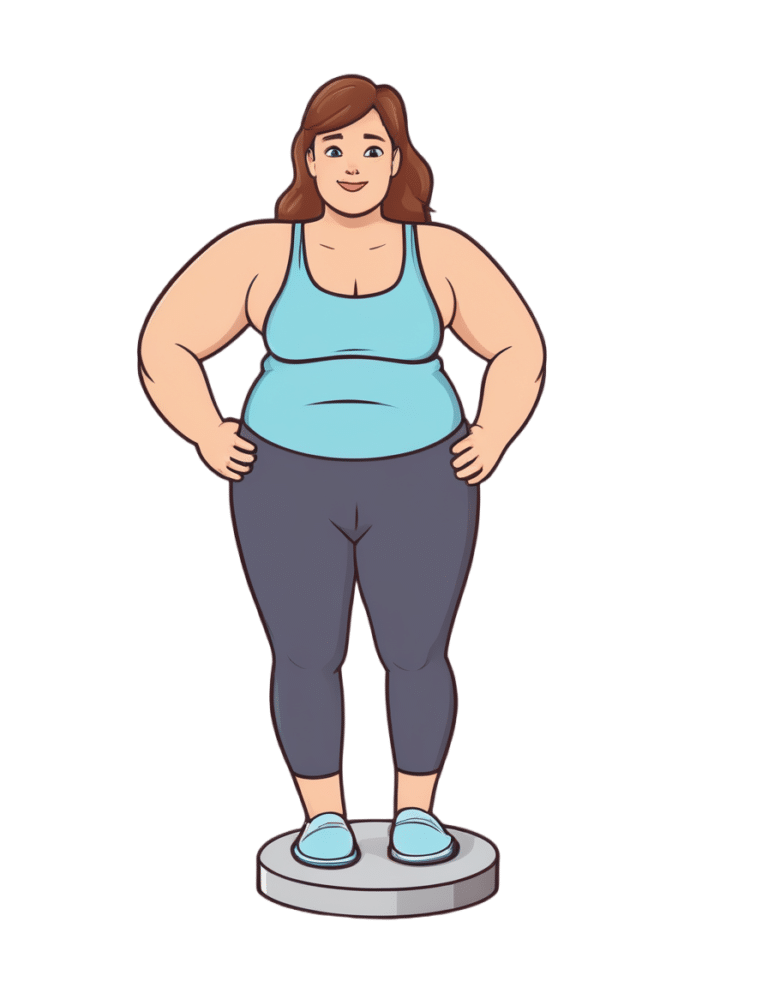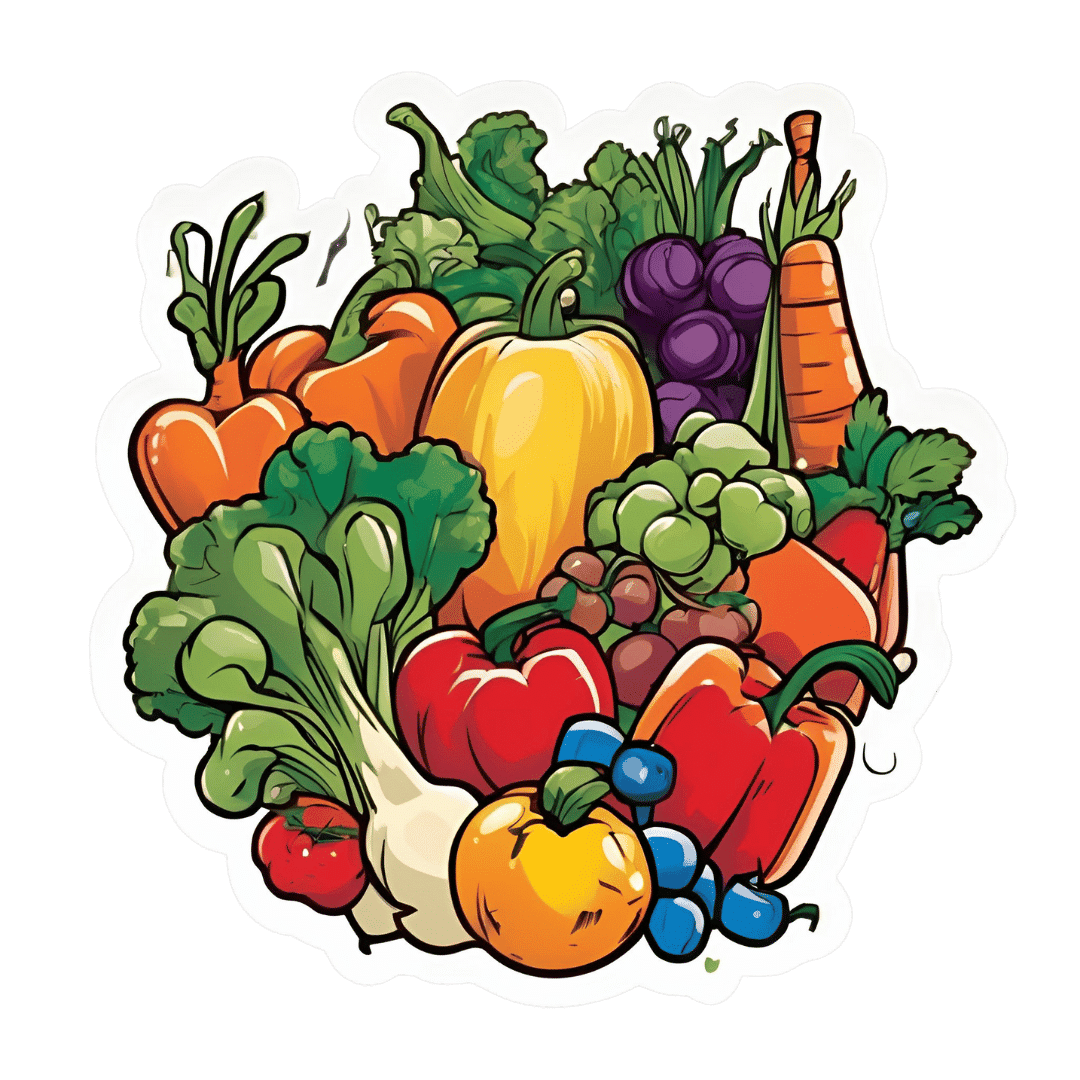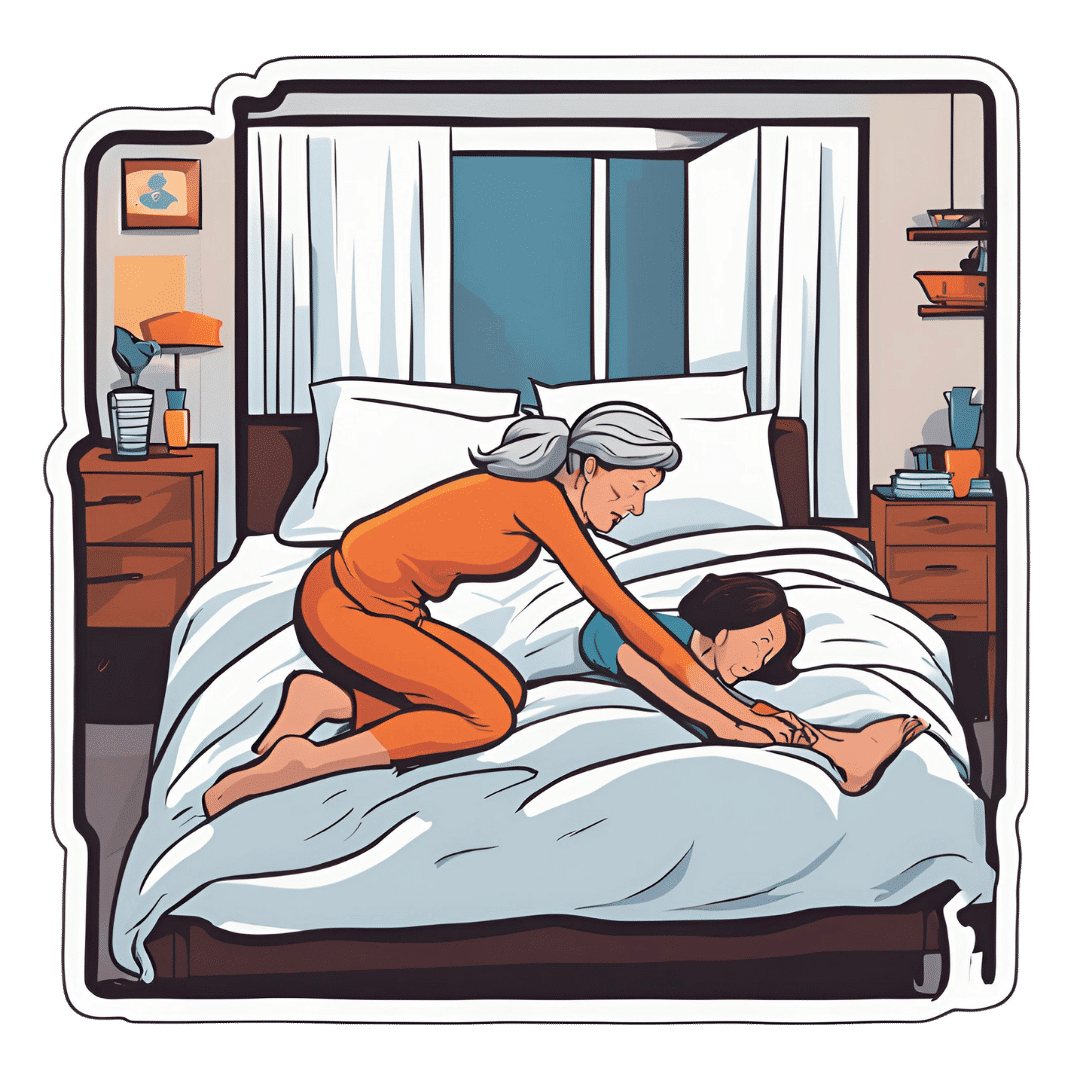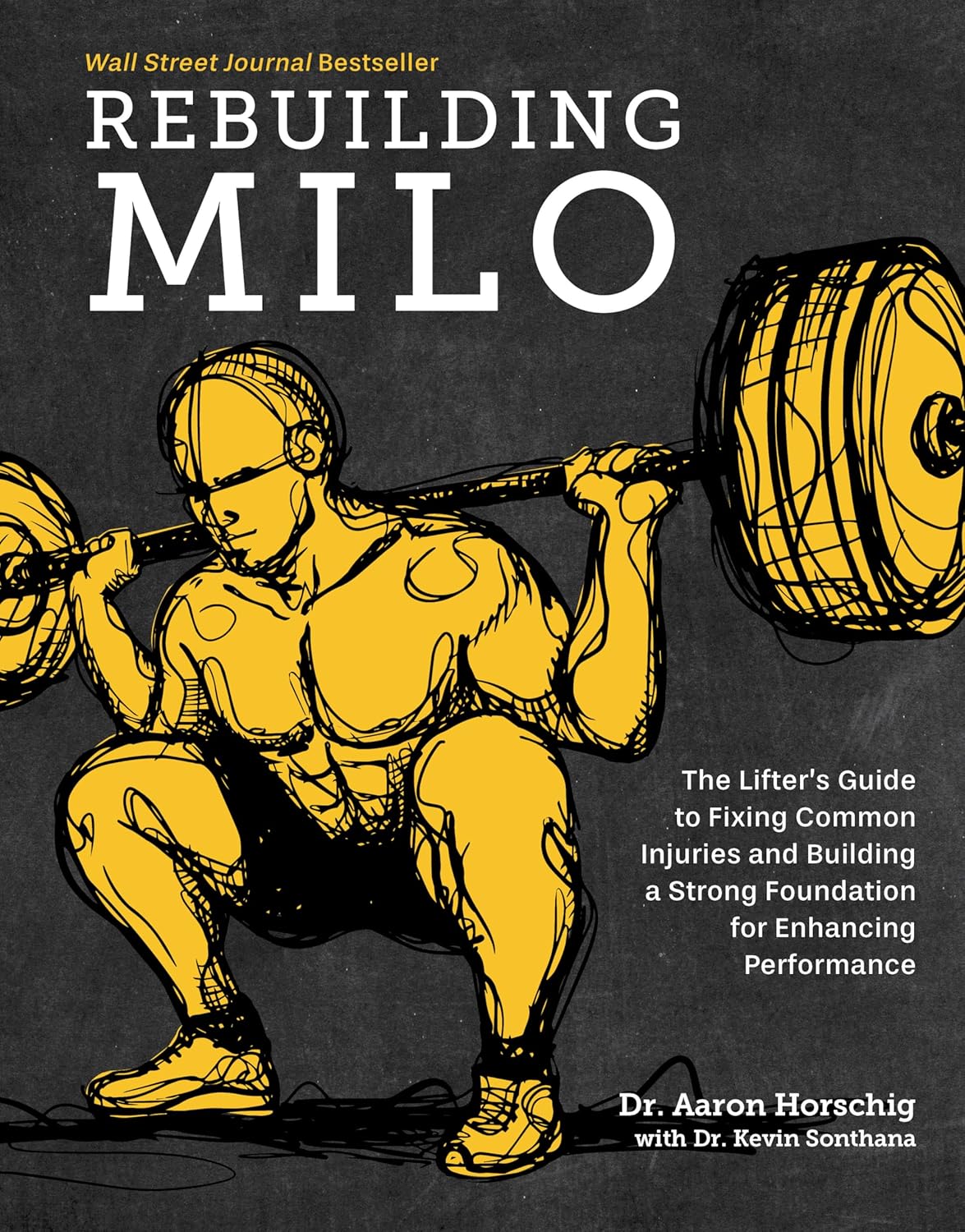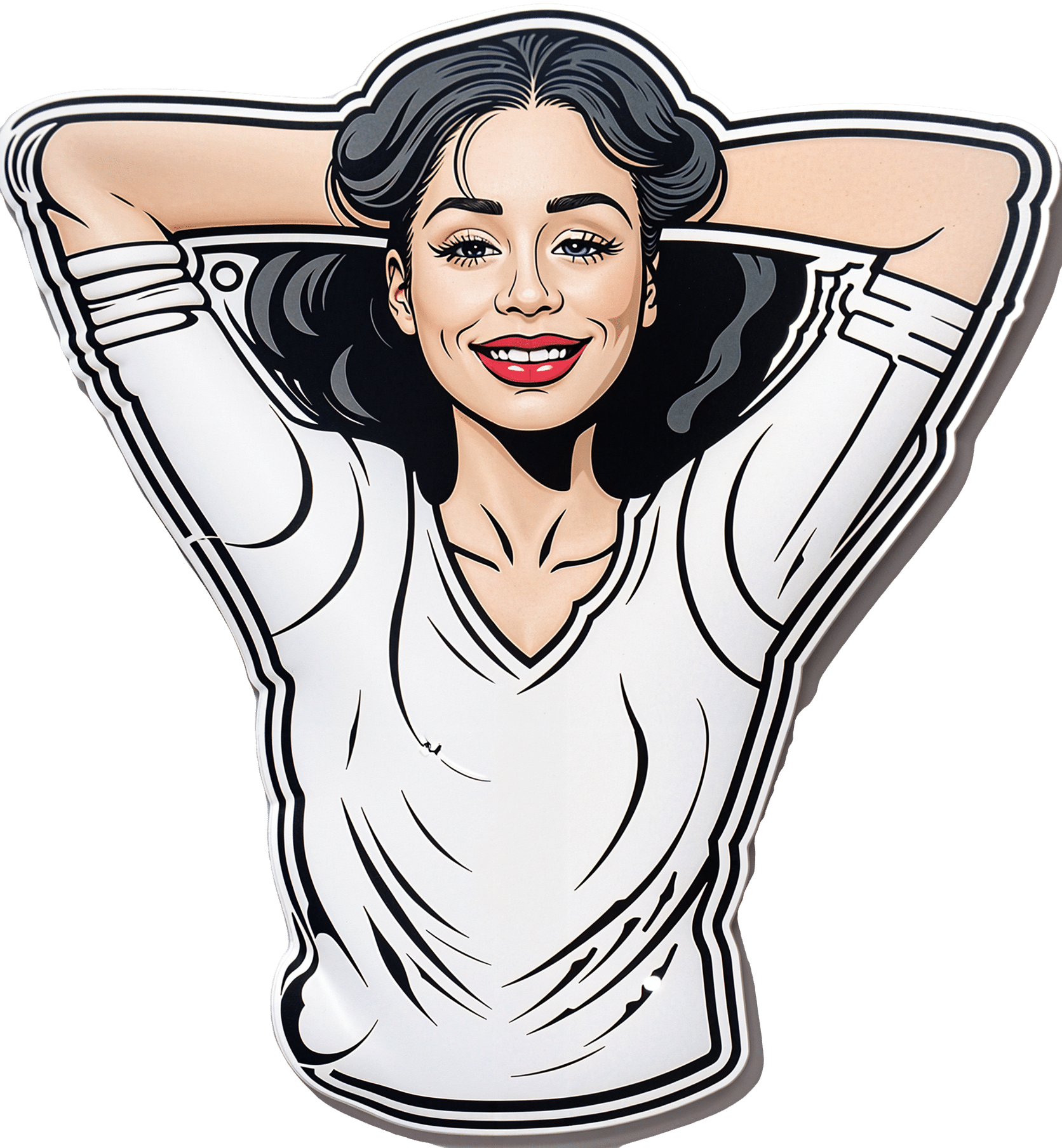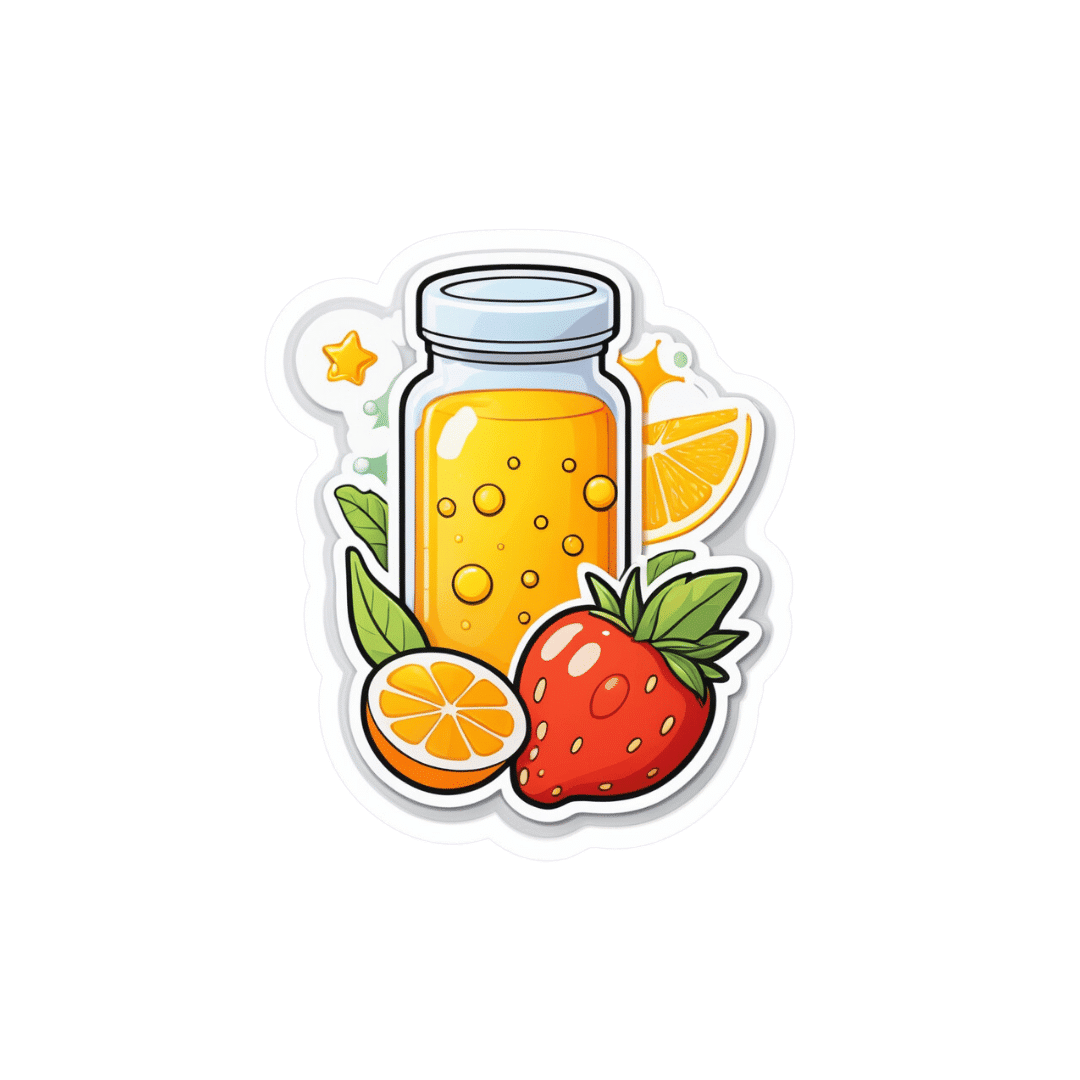
Vitamin B6 is essential – but too much can be toxic. Here’s what to know to stay safe
10almonds is reader-supported. We may, at no cost to you, receive a portion of sales if you purchase a product through a link in this article.
In recent weeks, reports have been circulating about severe reactions in people who’ve taken over-the-counter vitamin B6 supplements.
Vitamin B6 poisoning can injure nerves and lead to symptoms including numbness, tingling and even trouble walking and moving.
In some cases, those affected didn’t know the product contained any vitamin B6.
So what is vitamin B6, where is it found and how much is too much? Here’s what you need to know about this essential nutrient.

What is vitamin B6?
Vitamin B6 (also known as pyridoxine) is a group of six compounds that share a similar chemical structure.
It is an essential nutrient, meaning we need it for normal body functions, but we can’t produce it ourselves.
Adults aged 19–50 need 1.3mg of vitamin B6 per day. The recommended dose is lower for teens and children, and higher for those aged 51 and over (1.7mg for men and 1.5mg for women) and people who are breastfeeding or pregnant (1.9mg).
Most of us get this in our diet – largely from animal products, including meat, dairy and eggs.
The vitamin is also available in a range of different plant foods, including spinach, kale, bananas and potatoes, so deficiency is rare, even for vegetarians and vegans.
The vitamin B6 we consume in the diet is inactive, meaning the body can’t use it. To activate B6, the liver transforms it into a compound called pyridoxal-5’-phosphate (PLP).
In this form, vitamin B6 helps the body with more than 140 cellular functions, including building and breaking down proteins, producing red blood cells, regulating blood sugar and supporting brain function.
Vitamin B6 is important for overall health and has also been associated with reduced cancer risk and inflammation.
Despite being readily available in the diet, vitamin B6 is also widely included in various supplements, multivitamins and other products, such as Berocca and energy drinks.

Should we be worried about toxicity?
Vitamin B6 toxicity is extremely rare. It almost never occurs from dietary intake alone, unless there is a genetic disorders or disease that stops nutrient absorption (such as coeliac disease).
This is because all eight vitamins in the B group are water-soluble. If you consume more of the vitamin than your body needs, it can be excreted readily and harmlessly in your urine.
However, in some rare cases, excessive vitamin B6 accumulates in the blood, resulting in a condition called peripheral neuropathy. We’re still not sure why this occurs in some people but not others.
Peripheral neuropathy occurs when the sensory nerves – those outside our brain and spinal cord that send information to the central nervous system – are damaged and unable to function. This can be caused by a wide range of diseases (and is most well known in type 2 diabetes).
The most common symptoms are numbness and tingling, though in some cases patients may experience difficulty with balance or walking.
We don’t know exactly how excess vitamin B6 causes peripheral neuropathy, but it is thought to interfere with how the neurotransmitter GABA sends signals to the sensory nerves.
Vitamin B6 can cause permanent damage to nerves. Studies have shown symptoms improved when the person stopped taking the supplement, although they didn’t completely resolve.
What is considered excessive? And has this changed?
Toxicity usually occurs only when people take supplements with high doses of B6.
Until 2022, only products with more than 50mg of vitamin B6 were required to display a warning about peripheral neuropathy. But the Therapeutic Goods Administration lowered this and now requires any product containing more than 10mg of vitamin B6 to carry a warning.
The Therapeutic Goods Administration has also halved the daily upper limit of vitamin B6 a product can provide – from 200mg to 100mg.
These changes followed a review by the administration, after receiving 32 reports of peripheral neuropathy in people taking supplements. Two thirds of these people were taking less than 50mg of vitamin B6.
The Therapeutic Goods Administration acknowledges the risk varies between individuals and a lot is unknown. Its review could not identify a minimum dose, duration of use or patient risk factors.
But I thought B vitamins were good for me?
Too much of anything can cause problems.
The updated guidelines are likely to significantly lower the risk of toxicity. They also make consumers more aware of which products contain B6, and the risks.
The Therapeutic Goods Administration will continue to monitor evidence and revise guidelines if necessary.
While vitamin B6 toxicity remains very rare, there are still many questions about why some people get peripheral neuropathy with lower dose supplements.
It could be that some specific vitamin B compounds have a stronger effect, or some people may have genetic vulnerabilities or diseases which put them at higher risk.
So what should I do?
Most people don’t need to actively seek vitamin B6 in supplements.
However, many reports to the Therapeutic Goods Administration were of vitamin B6 being added to supplements labelled as magnesium or zinc – and some weren’t aware they were consuming it.
It is important to always check the label if you are taking a new medicine or supplement, especially if it hasn’t been explicitly prescribed by a health-care professional.
Be particularly cautious if you are taking multiple supplements. While one multivitamin is unlikely to cause an issue, adding a magnesium supplement for cramping, or a zinc supplement for cold and flu symptoms, may cause an excessive vitamin B6 dose over time, and increase your risk.
Importantly, pay attention to symptoms that may indicate peripheral neuropathy, such as pins and needles, numbness, or pain in the feet or hands, if you do change or add a supplement.
Most importantly, if you need advice, you should talk to your doctor, dietitian or pharmacist.
Vasso Apostolopoulos, Distinguished Professor, Professor of Immunology, RMIT University and Jack Feehan, Vice Chancellors Senior Research Fellow in Immunology, RMIT University
This article is republished from The Conversation under a Creative Commons license. Read the original article.
Don’t Forget…
Did you arrive here from our newsletter? Don’t forget to return to the email to continue learning!
Recommended
Learn to Age Gracefully
Join the 98k+ American women taking control of their health & aging with our 100% free (and fun!) daily emails:
-
What’s Your Plant Diversity Score?
10almonds is reader-supported. We may, at no cost to you, receive a portion of sales if you purchase a product through a link in this article.
We speak often about the importance of dietary diversity, and of that, especially diversity of plants in one’s diet, but we’ve never really focused on it as a main feature, so that’s what we’re going to do today.
Specifically, you may have heard the advice to “eat 30 different kinds of plants per week”. But where does that come from, and is it just a number out of a hat?
The magic number?
It is not, in fact, a number out of a hat. It’s from a big (n=11,336) study into what things affect the gut microbiome for better or for worse. It was an observational population study, championing “citizen science” in which volunteers tracked various things and collected and sent in various samples for analysis.
The most significant finding of this study was that those who consumed more than 30 different kinds of plants per week, had a much better gut microbiome than those who consumed fewer than 10 different kinds of plants per week (there is a bell curve at play, and it gets steep around 10 and 30):
American Gut: an Open Platform for Citizen Science Microbiome Research
Why do I care about having a good gut microbiome?
Gut health affects almost every other kind of health; it’s been called “the second brain” for the various neurotransmitters and other hormones it directly makes or indirectly regulates (which in turn affect every part of your body), and of course there is the vagus nerve connecting it directly to the brain, impacting everything from food cravings to mood swings to sleep habits.
See also:
Any other benefits?
Yes there are! Let’s not forget: as we see often in our “This or That” section, different foods can be strong or weak in different areas of nutrition, so unless we want to whip out a calculator and database every time we make food choices, a good way to cover everything is to simply eat a diverse diet.
And that goes not just for vitamins and minerals (which would be true of animal products also), but in the case of plants, a wide range of health-giving phytochemicals too:
Measuring Dietary Botanical Diversity as a Proxy for Phytochemical Exposure
Ok, I’m sold, but 30 is a lot!
It is, but you don’t have to do all 30 in your first week of focusing on this, if you’re not already accustomed to such diversity. You can add in one or two new ones each time you go shopping, and build it up.
As for “what counts”: we’re counting unprocessed or minimally-processed plants. So for example, an apple is an apple, as are dried apple slices, as is apple sauce. Any or all of those would count as 1 plant type.
Note also that we’re counting types, not totals. If you’re having apple slices with apple sauce, for some reason? That still only counts as 1.
However, while apple sauce still counts as apples (minimally processed), you cannot eat a cake and say “that’s 2 because there was wheat and sugar cane somewhere in its dim and distant history”.
Nor is your morning espresso a fruit (by virtue of coffee beans being the fruit of the plant, botanically speaking). However, it would count as 1 plant type if you eat actual coffee beans—this writer has been known to snack on such; they’re only healthy in very small portions though, because their saturated fat content is a little high.
You, however, count grains in general, as well as nuts and seeds, not just fruits and vegetables. As for herbs and spices, they count for ¼ each, except for salt, which might get lumped in with spices but is of course not a plant.
How to do it
There’s a reason we’re doing this in our Saturday Life Hacks edition. Here are some tips for getting in far more plants than you might think, a lot more easily than you might think:
- Buy things ready-mixed. This means buying the frozen mixed veg, the frozen mixed chopped fruit, the mixed nuts, the mixed salad greens etc. This way, when you’re reaching for one pack of something, you’re getting 3–5 different plants instead of one.
- Buy things individually, and mix them for storage. This is a more customized version of the above, but in the case of things that keep for at least a while, it can make lazy options a lot more plentiful. Suddenly, instead of rice with your salad you’re having sorghum, millet, buckwheat, and quinoa. This trick also works great for dried berries that can just be tipped into one’s morning oatmeal. Or, you know, millet, oats, rye, and barley. Suddenly, instead of 1 or 2 plants for breakfast you have maybe 7 or 8.
- Keep a well-stocked pantry of shelf-stable items. This is good practice anyway, in case of another supply-lines shutdown like at the start of the COVID-19 pandemic. But for plant diversity, it means that if you’re making enchiladas, then instead using kidney beans because that’s what’s in the cupboard, you can raid your pantry for kidney beans, black beans, pinto beans, fava beans, etc etc. Yes, all of them; that’s a list, not a menu.
- Shop in the discount section of the supermarket. You don’t have shop exclusively there, but swing by that area, see what plants are available for next to nothing, and buy at least one of each. Figure out what to do with it later, but the point here is that it’s a good way to get suggestions of plants that you weren’t actively looking for—and novelty is invariably a step into diversity.
- Shop in a different store. You won’t be able to beeline the products you want on autopilot, so you’ll see other things on the way. Also, they may have things your usual store doesn’t.
- Shop in person, not online—at least as often as is practical. This is because when shopping for groceries online, the store will tend to prioritize showing you items you’ve bought before, or similar items to those (i.e. actually the same item, just a different brand). Not good for trying new things!
- Consider a meal kit delivery service. Because unlike online grocery shopping, this kind of delivery service will (usually) provide you with things you wouldn’t normally buy. Our sometimes-sponsor Purple Carrot is a fine option for this, but there are plenty of others too.
- Try new recipes, especially if they have plants you don’t normally use. Make a note of the recipe, and go out of your way to get the ingredients; if it seems like a chore, reframe it as a little adventure instead. Honestly, it’s things like this that keep us young in more ways than just what polyphenols can do!
- Hide the plants. Whether or not you like them; hide them just because it works in culinary terms. By this we mean; blend beans into that meaty sauce; thicken the soup with red lentils, blend cauliflower into the gravy. And so on.
One more “magic 30”, while we’re at it…
30g fiber per day makes a big (positive) difference to many aspects of health. Obviously, plants are where that comes from, so there’s a big degree of overlap here, but most of the tips we gave are different, so for double the effectiveness, check out:
Level-Up Your Fiber Intake! (Without Difficulty Or Discomfort)
Enjoy!
Share This Post
-
Over 50? Do These 3 Stretches Every Morning To Avoid Pain
10almonds is reader-supported. We may, at no cost to you, receive a portion of sales if you purchase a product through a link in this article.
Will Harlow, over-50s specialist physiotherapist, recommends these three stretches be done daily for cumulative benefits over time, especially if you have arthritis, stiff joints, or similar morning pain:
The good-morning routine
These stretches are designed for people with arthritis and stiff joints, but if you experience any extra pain, or are aware of having some musculoskeletal irregularity, do seek professional advice (such as from a local physiotherapist). Otherwise, the three stretches he recommends are:
Quad hip flexor stretch
This one is performed while lying on your side in bed:
- Bring the top leg up toward your body, grab the shin, and pull the leg backward to stretch.
- Feel the stretch in the front of the leg (quadriceps and hip flexor).
- Hold for 30 seconds and repeat on both sides.
- Use a towel or band if you can’t reach your shin.
Book-opener
This one helps improve mobility in the lower and mid-back:
- Lie on your side with arms at a 90-degree angle in front of your body.
- Roll backward, opening the top arm while keeping legs in place.
- Hold for 20–30 seconds or repeat the movement several times.
- Optionally, allow your head to rotate for a neck stretch.
Calf stretch with chest-opener
This one combines a calf and chest stretch:
- Stand in a lunged position, keeping the back leg straight and heel down for the calf stretch.
- Place hands behind your head, open elbows, and lift your head slightly for a chest stretch.
- Hold for 20–30 seconds, then switch legs.
For more on all the above plus visual demonstrations, enjoy:
Click Here If The Embedded Video Doesn’t Load Automatically!
Want to learn more?
You might also like:
Take care!
Share This Post
-
Rebuilding Milo – by Dr. Aaron Horschig
10almonds is reader-supported. We may, at no cost to you, receive a portion of sales if you purchase a product through a link in this article.
The author, a doctor of physical therapy, also wrote another book that we reviewed a while ago, “The Squat Bible” (which is also excellent, by the way). This time, it’s all about resistance training in the context of fixing a damaged body.
Resistance training is, of course, very important for general health, especially as we get older. However, it’s easy to do it wrongly and injure oneself, and indeed, if one is carrying some injury and/or chronic pain, it becomes necessary to know how to fix that before continuing—without just giving up on training, because that would be a road to ruin in terms of muscle and bone maintenance.
The book explains all the necessary anatomy, with clear illustrations too. He talks equipment, keeping things simple and practical, letting the reader know which things actually matter in terms of quality, and what things are just unnecessary fanciness and/or counterproductive.
Most of the book is divided into chapters per body part, e.g. back pain, shoulder pain, ankle pain, hip pain, knee pain, etc; what’s going on, and how to fix it to rebuild it stronger.
The style is straightforward and simple, neither overly clinical nor embellished with overly casual fluff. Just, clear simple explanations and instructions.
Bottom line: if you’d like to get stronger and/or level up your resistance training, but are worried about an injury or chronic condition, this book can set you in good order.
Click here to check out Rebuilding Milo, and rebuild yourself!
Share This Post
Related Posts
-
Can You Shrink A Waist In Seven Days?
10almonds is reader-supported. We may, at no cost to you, receive a portion of sales if you purchase a product through a link in this article.
We don’t usually do this sort of video, but it seems timely before the new year. The exercises shown here are very good, and the small dietary tweak is what makes it work:
The method
Firstly, the small dietary tweak is: abstaining from foods that cause bloating, such as flour and dairy. She does say “брожение” (fermentation), but we don’t really use the word that way in English. On which note: she is Ukrainian and speaking Russian (context: many Ukrainians grew up speaking both languages), so you will need the subtitles on if you don’t understand Russian, but a) it’s worth it b) the subtitles have been put in manually so they’re a respectable translation.
Secondly, spoiler, she loses about 2 inches.
The exercises are:
- Pelvic swing-thrusts: sit, supporting yourself on your hands with your butt off the floor; raise your pelvis up to a table position, do 30 repetitions.
- Leg raises in high plank: perform 20 lifts per leg, each to its side.
- Leg raises (lying on back): do 20 repetitions.
- V-crunches: perform 30 repetitions.
- V-twists: lean on hands and do 25 repetitions.
These exercises (all five done daily for the 7 days) are great for core strength, and core muscletone is what keeps your innards in place, rather than letting them drop down (and out).
Thus, there’s only a small amount of actual fat loss going on here (if any), but it slims the waistline by improving muscletone and simultaneously decreasing bloating, which are both good changes.
For more on all of these plus visual demonstrations, enjoy:
Click Here If The Embedded Video Doesn’t Load Automatically!
Want to learn more?
You might also like to read:
Visceral Belly Fat & How To Lose It
Take care!
Don’t Forget…
Did you arrive here from our newsletter? Don’t forget to return to the email to continue learning!
Learn to Age Gracefully
Join the 98k+ American women taking control of their health & aging with our 100% free (and fun!) daily emails:
-
Simply The Pits: These Underarm Myths!
10almonds is reader-supported. We may, at no cost to you, receive a portion of sales if you purchase a product through a link in this article.
Are We Taking A Risk To Smell Fresh As A Daisy?
Yesterday, we asked you for your health-related view of underarm deodorants.
So, what does the science say?
They can cause (or increase risk of) cancer: True or False?
False, so far as we know. Obviously it’s very hard to prove a negative, but there is no credible evidence that deodorants cause cancer.
The belief that they do comes from old in vitro studies applying the deodorant directly to the cells in question, like this one with canine kidney tissues in petri dishes:
Antiperspirant Induced DNA Damage in Canine Cells by Comet Assay
Which means that if you’re not a dog and/or if you don’t spray it directly onto your internal organs, this study’s data doesn’t apply to you.
In contrast, more modern systematic safety reviews have found…
❝Neither is there clear evidence to show use of aluminum-containing underarm antiperspirants or cosmetics increases the risk of Alzheimer’s Disease or breast cancer.
Metallic aluminum, its oxides, and common aluminum salts have not been shown to be either genotoxic or carcinogenic.❞
(however, one safety risk it did find is that we should avoid eating it excessively while pregnant or breastfeeding)
Alternatives like deodorant rocks have fewer chemicals and thus are safer: True or False?
True and False, respectively. That is, they do have fewer chemicals, but cannot in scientific terms be qualifiably, let alone quantifiably, described as safer than a product that was already found to be safe.
Deodorant rocks are usually alum crystals, by the way; that is to say, aluminum salts of various kinds. So if it was aluminum you were hoping to avoid, it’s still there.
However, if you’re trying to cut down on extra chemicals, then yes, you will get very few in deodorant rocks, compared to the very many in spray-on or roll-on deodorants!
Soap and water is a safe, simple, and sufficient alternative: True or False?
True or False, depending on what you want as a result!
- If you care that your deodorant also functions as an antiperspirant, then no, soap and water will certainly not have an antiperspirant effect.
- If you care only about washing off bacteria and eliminating odor for the next little while, then yes, soap and water will work just fine.
Bonus myths:
There is no difference between men’s and women’s deodorants, apart from the marketing: True or False?
False! While to judge by the marketing, the only difference is that one smells of “evening lily” and the other smells of “chainsaw barbecue” or something, the real difference is…
- The “men’s” kind is designed to get past armpit hair and reach the skin without clogging the hair up.
- The “women’s” kind is designed to apply a light coating to the skin that helps avoid chafing and irritation.
In other words… If you are a woman with armpit hair or a man without, you might want to ignore the marketing and choose according to your grooming preferences.
Hopefully you can still find a fragrance that suits!
Shaving (or otherwise depilating) armpits is better for hygiene: True or False?
True or False, depending on what you consider “hygiene”.
Consistent with popular belief, shaving means there is less surface area for bacteria to live. And empirically speaking, that means a reduction in body odor:
However, shaving typically causes microabrasions, and while there’s no longer hair for the bacteria to enjoy, they now have access to the inside of your skin, something they didn’t have before. This can cause much more unpleasant problems in the long-run, for example:
❝Hidradenitis suppurativa is a chronic and debilitating skin disease, whose lesions can range from inflammatory nodules to abscesses and fistulas in the armpits, groin, perineum, inframammary region❞
Read more: Hidradenitis suppurativa: Basic considerations for its approach: A narrative review
And more: Hidradenitis suppurativa: Epidemiology, clinical presentation, and pathogenesis
If this seems a bit “damned if you do; damned if you don’t”, this writer’s preferred way of dodging both is to use electric clippers (the buzzy kind, as used for cutting short hair) to trim hers down low, and thus leave just a little soft fuzz.
What you do with yours is obviously up to you; our job here is just to give the information for everyone to make informed decisions whatever you choose 🙂
Take care!
Don’t Forget…
Did you arrive here from our newsletter? Don’t forget to return to the email to continue learning!
Learn to Age Gracefully
Join the 98k+ American women taking control of their health & aging with our 100% free (and fun!) daily emails:
-
The Origin of Everyday Moods – by Dr. Robert Thayer
10almonds is reader-supported. We may, at no cost to you, receive a portion of sales if you purchase a product through a link in this article.
First of all, what does this title mean by “everyday moods”? By this the author is referring to the kinds of moods we have just as a matter of the general wear-and-tear of everyday life—not the kind that come from major mood disorders and/or serious trauma.
The latter kinds of mood take less explaining, in any case. Dr. Thayer, therefore, spends his time on the less obvious ones—which in turn are the ones that affect most of the most, every day.
Critical to Dr. Thayer’s approach is the mapping of moods by four main quadrants:
- High energy, high tension
- High energy, low tension
- Low energy, high tension
- Low energy, low tension
…though this can be further divided into 25 sectors, if we rate each variable on a scale of 0–4. But for the first treatment, it suffices to look at whether energy and tension are high or low, respectively, and which we’d like to have more or less of.
Then (here be science) how to go about achieving that in the most efficient, evidence-based ways. So, it’s not just a theoretical book; it has great practical value too.
The style of the book is accessible, and walks a fine line between pop-science and hard science, which makes it a great book for laypersons and academics alike.
Bottom line: if you’d like the cheat codes to improve your moods and lessen the impact of bad ones, this is the book for you.
Click here to check out The Origin of Everyday Moods, and manage yours!
Don’t Forget…
Did you arrive here from our newsletter? Don’t forget to return to the email to continue learning!
Learn to Age Gracefully
Join the 98k+ American women taking control of their health & aging with our 100% free (and fun!) daily emails:

